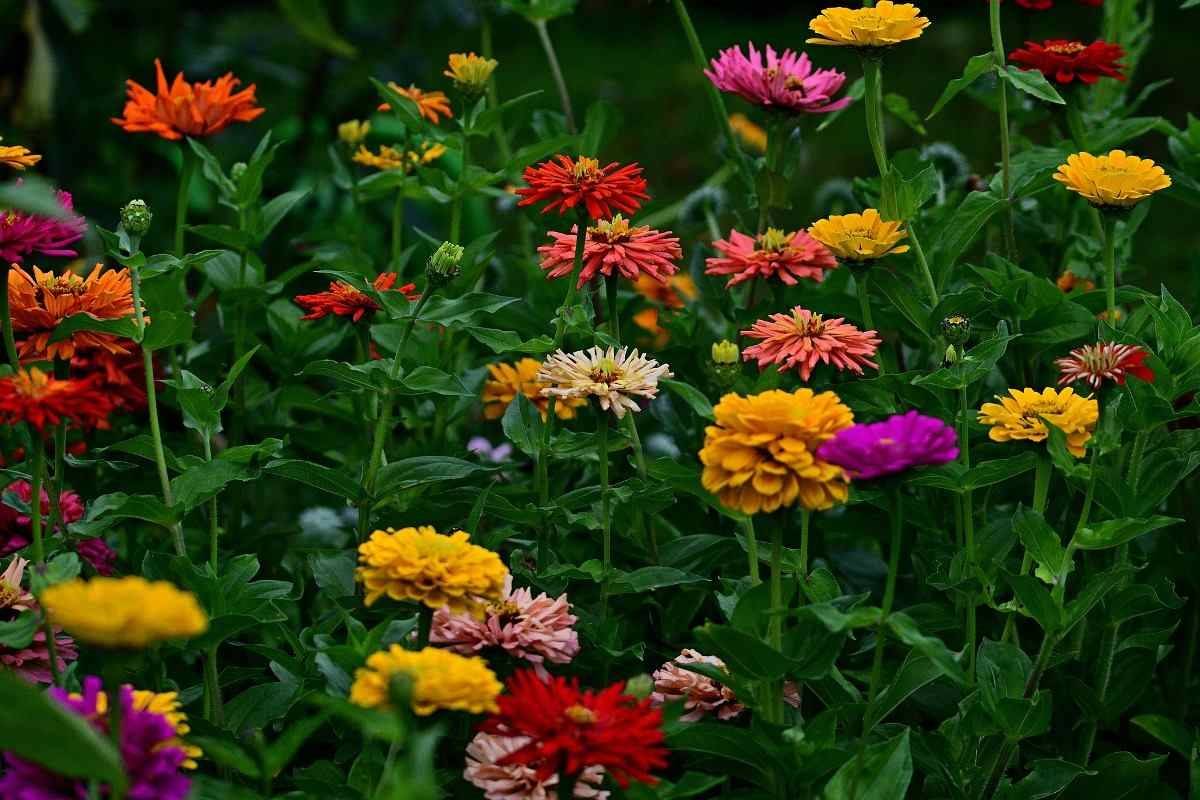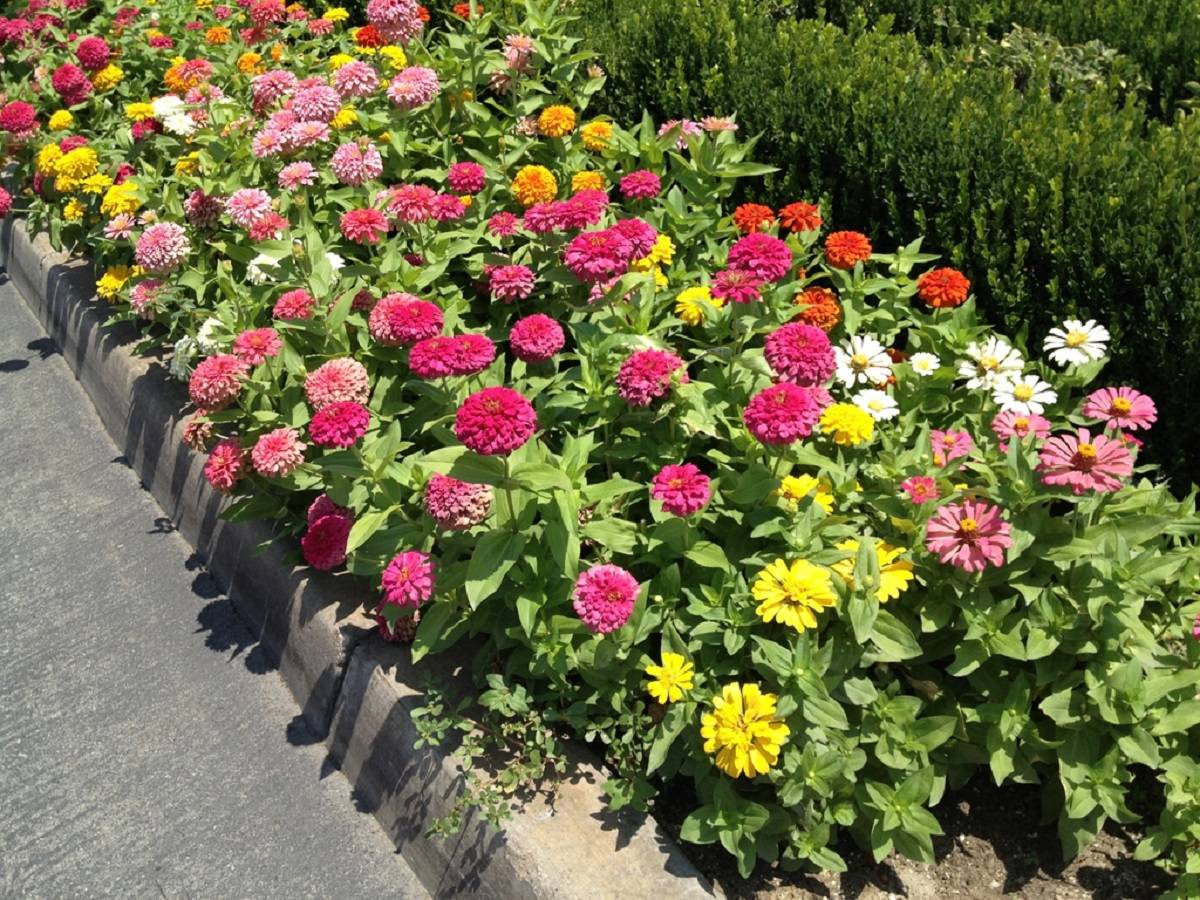
Zinnias are one of the easiest flowers to cultivate since they grow rapidly and produce a lot of flowers. Furthermore, they will bloom until the first heavy snow of the season. Zinnia flowers can provide a splash of colour to your garden, so give them a try this year!
Types of Zinnia
Zinnia elegans, the most widely grown zinnia species, has been developed to generate a large variety of distinctive variants.
Single, semidouble or double zinnia blooms are the three most common varieties. The number of petal rows and whether or not the flower's center is visible serve to distinguish between these forms:
-
A single row of petals and the center are both visible on single-flowered zinnias.
-
Petal rows abound on double-flowered zinnias, and their cores are hidden.
-
Between the two are semidouble-flowered zinnias, which have several rows of petals but discernible cores.
How to grow zinnia plants?
Most of us used to grow zinnias in rows in the past. You still have the option, but why not scatter some seeds on your border? As they are so simple to raise from seed, zinnias are a vibrant and affordable way to decorate a flower garden. Butterflies will be attracted to your garden by the bright, noticeable colours. Additionally, consider all the flowers you might gather from this border.
Give your zinnias the ideal growth circumstances with the help of these growing guidelines, whether you want to sow seed or starter plants.
Location
Choose a spot with sufficient airflow and direct sunlight since zinnias will become floppy and sickly in shade. Furthermore, despite the fact that these annuals can handle a variety of soil conditions, they bloom best in wet, well-drained soil that has had a lot of compost incorporated into it.
When it's warm, plant
When the land is sufficiently heated, sow the seeds directly on tilled soil and softly cover them. Zinnias don't bloom well in the cold; they prefer the heat.
Avoid Overwatering
Dry weather promotes the health of zinnias. If you water these flowers, do so at the plant's base or with a soaker hose to keep the foliage dry. By keeping moisture off the leaves, powdery mildew won't be able to grow. You won't need to water as often if you add a few inches of organic mulch around the plants to keep the soil moist, like compost.
Avoid Overfertilizing
There isn't much need for more fertilizer in healthy soil, but if you choose, a thin dusting of a low-nitrogen, slow-release fertilizer can keep them in bloom all summer.

How To Take Care of Zinnias
It is simple to raise zinnias. However, like other plants, greater care will result in more blooms that are healthier.
Establishing Straight Stems
The majority of small zinnia cultivars thrive on their own, although tall, conventional varieties can be top-heavy. The ideal is a corset made of stakes and rope. As in the example above, plant it there when the seedlings are just a few inches tall. Even if you don't thread string throughout the circle, the zinnia plants will grab hold of each other and support their neighbours because of their rough, scratchy leaves.
Deadheading
Deadheading is one of the finest things you can do to encourage additional blooms. But why hold off till the petals wilt or turn brown? Select many bouquets by cutting right above a group of wholesome leaves. You'll notice two new stems emerging from that location in a week or two, which means additional blooms!
Plant Zinnias on The Garden Border
The image above is an excellent illustration of how to employ more compact cultivars with many branches. They are ideal for landscaping because they don't even require deadheading or staking to look beautiful. Furthermore, zinnias can withstand the heat, particularly when planted on a south-facing sidewalk like this one.
















